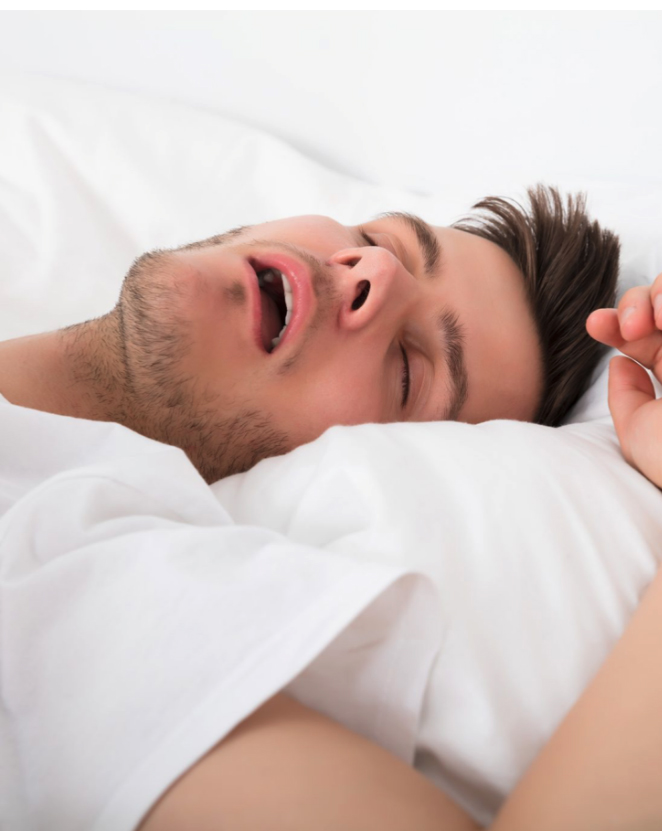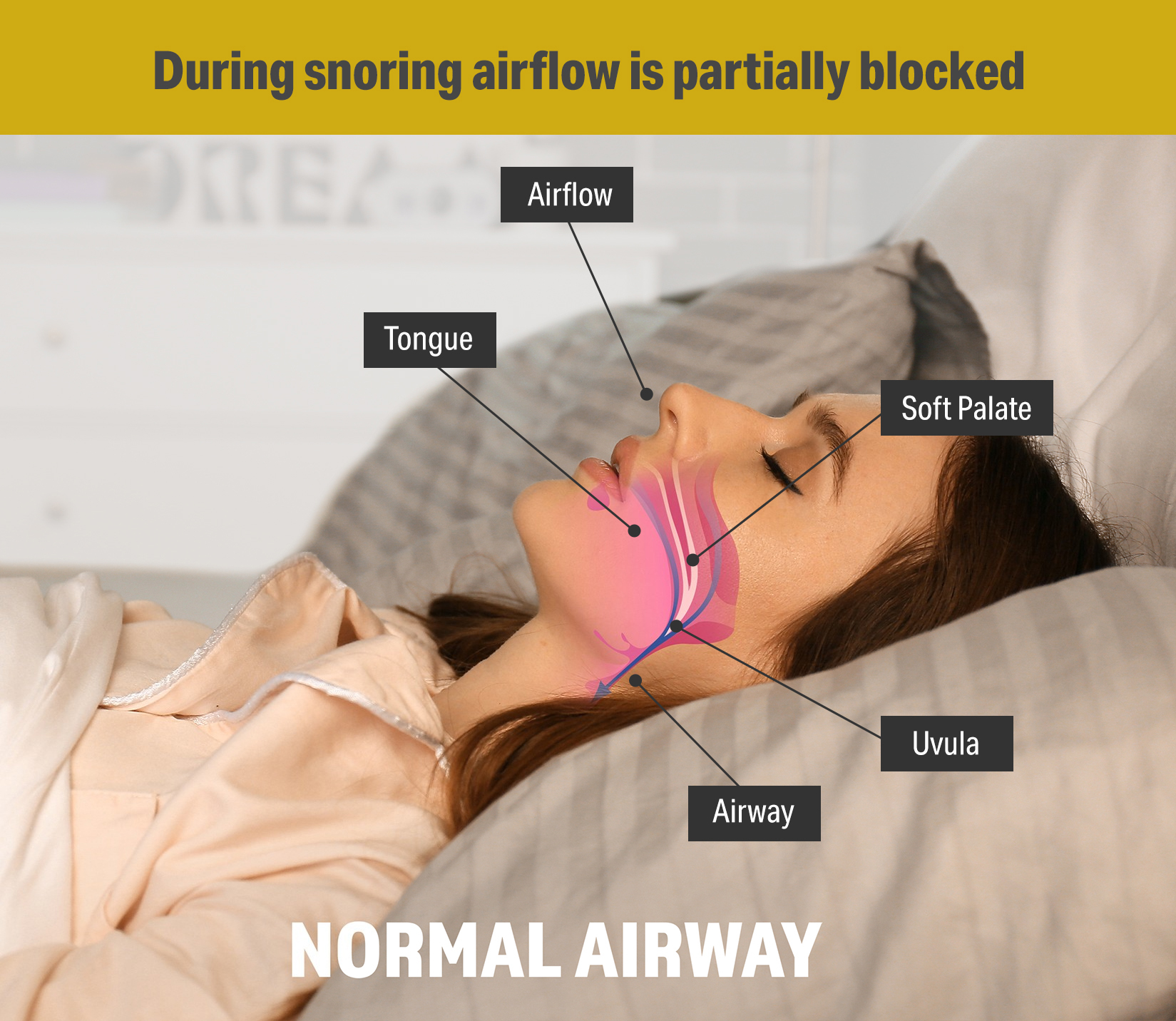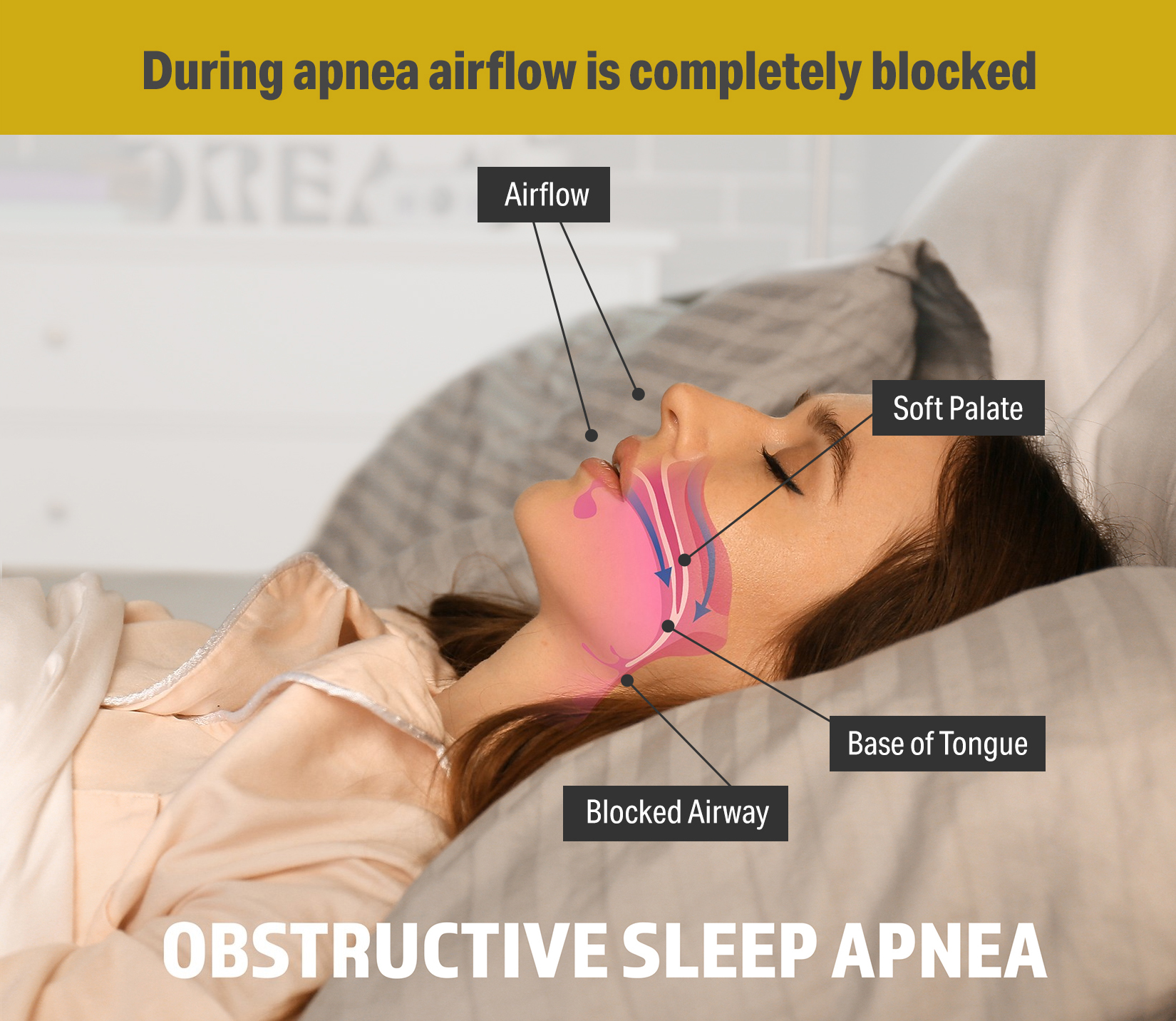
Sleep apnea literally means “without breath”.
During sleep apnea oxygen levels drop. Carbon dioxide levels build. If this happened only occasionally, it might not be as alarming and detrimental to your health. But the reality for some individuals is that it can, and does happen, hundreds of times per night, making it hard to get any sleep at all.
Untreated sleep apnea can make you more likely to suffer illness or injury. It has been linked to obesity, high blood pressure, cardiovascular disease, diabetes and even death. While you are sleeping, how do you know if this is happening to you?
Apneas can last from 10 seconds to a minute or longer and can occur hundreds of times per night.
The body’s oxygen level drops and the blood pressure rises. The heart is forced to beat faster, causing the pulse rate to increase. The brain may cause the arms, legs, or whole body to jerk in an attempt to wake the sleeper so breathing will resume. The silence may end with a loud snort, cough, or gasp. This causes the sleeper to wake briefly and begin breathing. Once asleep again the muscles relax and the airway becomes blocked, cutting off the airway. The serious and life threatening problems start when sleepers begin experiencing apneas, where breathing stops, and hypopneas, where breathing is shallow due to an obstruction. Breathing is usually blocked in the back of the throat because:
THE TONGUE AND MUSCLES RELAX DURING SLEEP.
THE LOWER JAW FALLS BACK TOWARD THE THROAT.
THE AIRWAY BECOMES BLOCKED.


